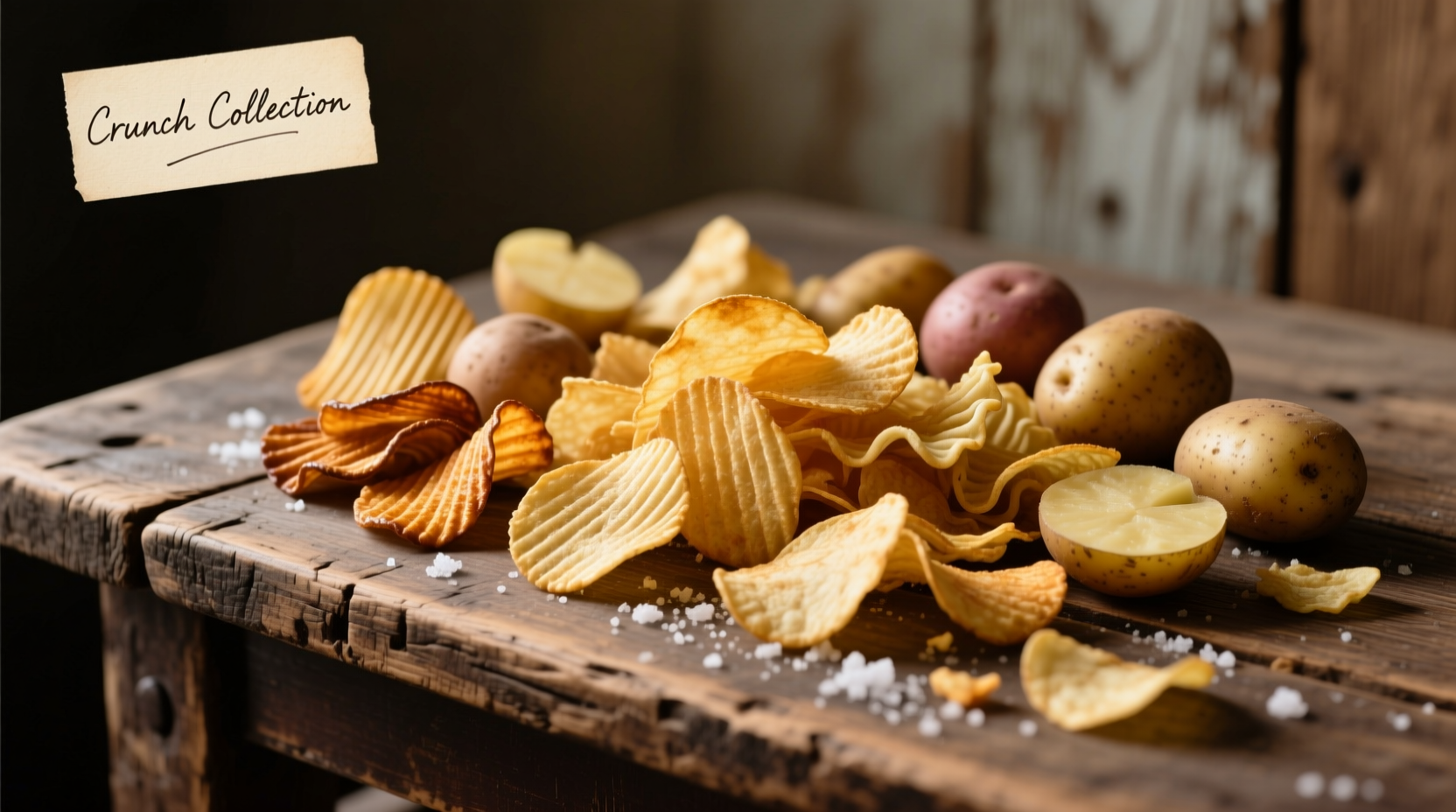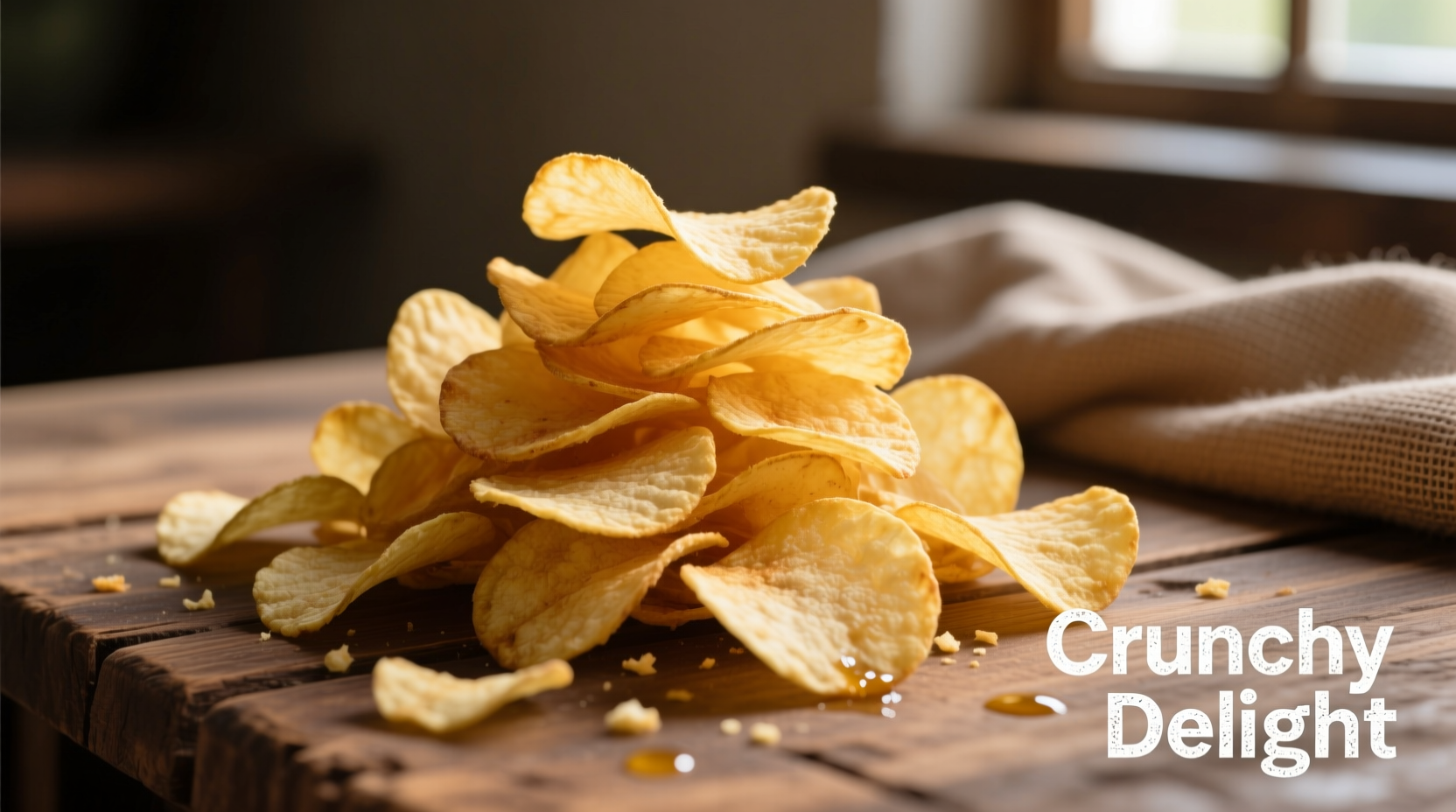Ever wondered why potato chips have maintained their status as one of the world's most beloved snacks for over 170 years? The answer lies in their perfect balance of simplicity and versatility. From their accidental invention to becoming a multi-billion dollar industry, potato chips represent a fascinating intersection of culinary history, food science, and cultural adaptation.
The Evolution of a Global Snack
Understanding how potato chips transformed from a chef's revenge into a worldwide staple requires examining their historical journey. The snack's evolution follows distinct phases that mirror broader food industry developments.
| Time Period | Key Developments | Industry Impact |
|---|---|---|
| 1853-1900 | Accidental invention by George Crum; hand-cut, fried to order | Regional specialty in Northeastern US restaurants |
| 1900-1950 | First commercial production; wax paper packaging; mechanical slicers | National distribution; transition from luxury to everyday snack |
| 1950-1980 | Flavor innovation; nitrogen flushing; plastic packaging | Global expansion; emergence of major brands |
| 1980-Present | Health-conscious varieties; artisanal production; global flavor adaptations | Market segmentation; premiumization; cultural localization |
According to Smithsonian Institution archives, the pivotal moment came in 1853 when chef George Crum created the first potato chips in response to a customer's complaint about thick French fries. This historical account, verified through 19th century restaurant records from Moon's Lake House, demonstrates how culinary accidents can reshape global food culture (Smithsonian Food History).
What Makes the Perfect Potato Chip?
The science behind potato chip perfection involves precise control of multiple factors. Food researchers at Cornell University's Food Science Department have identified several critical elements that determine quality:
- Potato variety selection - Russet Burbank potatoes dominate commercial production due to their ideal starch content and low sugar levels
- Slicing precision - Optimal thickness ranges between 0.03-0.08 inches for proper texture development
- Frying temperature control - Maintaining 350-375°F oil temperature ensures proper moisture evaporation without excessive oil absorption
- Post-frying seasoning application - Timing and method affect flavor adherence and distribution
These technical specifications explain why homemade potato chips often differ from commercial varieties. The USDA's Agricultural Research Service confirms that proper potato storage before processing significantly impacts final product quality, with ideal conditions maintaining tuber sugar levels below 0.5% (USDA Food Research).

Global Variations and Cultural Adaptations
While the basic concept remains consistent, potato chips have adapted to local tastes worldwide. This culinary globalization demonstrates how a simple snack can reflect regional flavor preferences and cultural traditions.
In the United Kingdom, where they're called "crisps," traditional varieties include salt & vinegar and cheese & onion. Japan features exotic flavors like wasabi and nori seaweed. In India, masala and chatni flavors dominate. Canada enjoys regional specialties like ketchup-flavored chips, while Mexico offers chili-lime varieties.
Anthropological research published in the Journal of Food Studies reveals that successful global chip varieties typically incorporate familiar local flavors while maintaining the essential potato chip texture profile. This adaptation strategy explains why certain flavors succeed in specific markets while failing in others.
Nutritional Profile: Separating Fact from Fiction
Understanding the nutritional reality of potato chips requires examining verified data rather than common misconceptions. According to USDA FoodData Central, a standard 1-ounce (28g) serving of plain potato chips contains:
- Approximately 152 calories
- 10 grams of fat (mostly unsaturated)
- 15 grams of carbohydrates
- 1 gram of protein
- Significant potassium content (about 15% of daily value)
Recent innovations have expanded options for health-conscious consumers. Baked varieties reduce fat content by 50%, while vacuum-fried alternatives maintain crispness with less oil absorption. The Academy of Nutrition and Dietetics notes that moderate consumption of traditional potato chips can fit within balanced eating patterns when portion sizes are controlled.
Creating Quality Potato Chips at Home
While commercial production uses specialized equipment, achieving restaurant-quality results at home is possible with proper technique. Food science experts recommend these evidence-based methods:
- Choose high-starch potatoes like Russets for optimal crispness
- Soak sliced potatoes in cold water for 30 minutes to remove excess surface starch
- Dry slices thoroughly before frying to prevent oil splatter and ensure even cooking
- Maintain consistent oil temperature between 350-365°F using a thermometer
- Season immediately after frying while chips are still warm for best flavor adherence
For those seeking healthier alternatives, oven-baked methods using minimal oil can produce satisfying results. Research from the Journal of Sensory Studies indicates that proper seasoning techniques can enhance perceived flavor intensity while reducing actual salt content by up to 25%.











 浙公网安备
33010002000092号
浙公网安备
33010002000092号 浙B2-20120091-4
浙B2-20120091-4